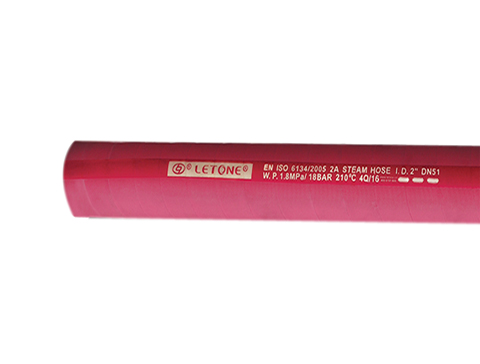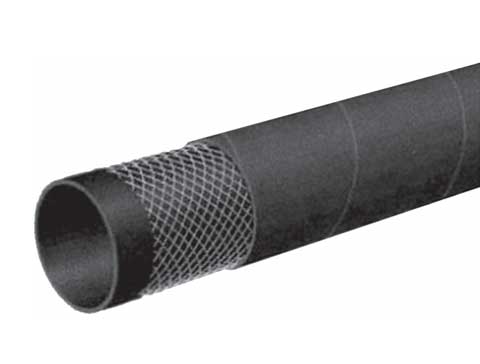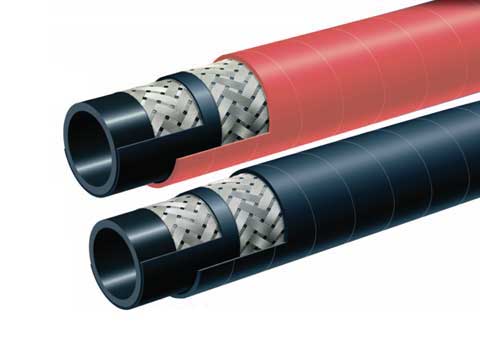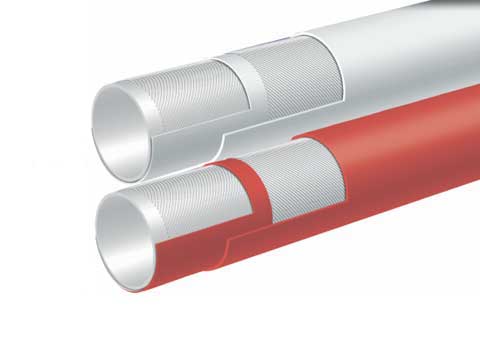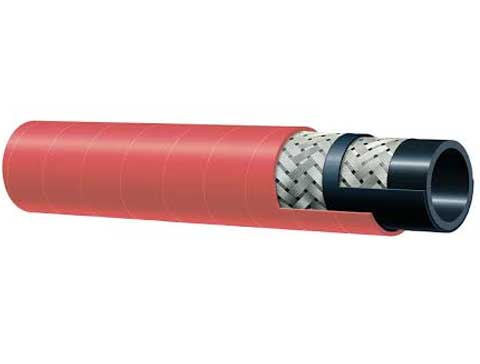Your vehicle's brake hose is crucial for keeping your car, truck, or trailer in control. They are made from either rubber or stainless steel, and they provide a high level of chemical and heat resistance.
The most common type of hose is made from flexible rubber. However, these hoses are prone to cracking and breaking due to prolonged exposure to heat and pressure.
Dimensions of the air brake hose

The air brake hose is made to be used in heavy-duty applications that are exposed to extreme conditions. The brake hose should be stored correctly to avoid any damage from exposure to extreme temperatures and moisture.
NHTSA has suggested a few changes to the dimensions of air brake lines, as well as to the requirements for test pressures as well as tensile strength. These changes are part of an NPRM that was published in May 2003.
The NPRM also sought comments on a variety of other issues, such as how to test air brake hoses against high temperature resistance and adhesion. The NPRM suggested that the SAE J1402 adhesion testing for wire-reinforced hose be included in FMVSS No. 106.
The SAE J1402 adhesion test is currently used to determine whether air brake hose will adhere to the surface of a steel ball that it is mounted on. The SAE test does NOT include sizes larger than the standard hose sizes (1/8 inch and 3mm), but NHTSA has proposed to change this. The agency also requested comments on the appropriate test cylinder radius for hose sizes of 1/8 inch and 3 mm.
Cracked air brake hoses are a sign of a cracked hose
The brake hoses that transport the brake fluid in your vehicle are subjected to a lot of pressures, including flexing, turning, braking, and high hydraulic pressure. Combined, these elements wear down the hoses and cause them to develop cracks or degrade.
There are several different types of brake hoses, including rubber and stainless steel. Each type has its advantages and disadvantages so make sure you choose the right one for your vehicle.
Brake hoses made from rubber provide excellent braking performance and are flexible. However, they are also prone to damage from abrasion and environmental factors.
Stainless steel brake hoses are more durable and rigid than rubber hoses. They also have better chemical and heat resistance.
They are used in both disc and drum brake assemblies. They are more expensive than rubber hoses, but they provide better durability and resistance to abrasion and environmental damage.
Keep your brake hoses dry when storing them. This can cause the metal inside the hoses to rust and corrode, which can lead to brake failure.
If you notice signs that your brake hoses aren't working properly, contact a professional mechanic immediately to have them checked. This will help determine if it is time to replace them. Otherwise, you risk your braking system becoming a safety issue and causing accidents on the road.
The main raw materials for air brake hose
Rubber and stainless steel are the main raw materials for air brake hoses. The first is cheaper and more susceptible to damage from abrasion, while stainless steel is more durable and stiffer.
Stainless steel brake hoses are generally used in front and rear brake systems. They are more expensive than rubber brake hoses, but they are more durable.
Parker/Atofina and SAE asked NHTSA to exempt fabric-covered brake hoses from high temperature testing requirements. However, NHTSA agreed and has removed the 1/8" size of brake hose from Table 4.
NHTSA also decided not to include dimensional requirements for brake lines intended for use with permanently attached fittings. Many of these hoses are made by truck repair shops that do not meet the required tensile strengths for these fittings.
NHTSA also proposed to substitute the word "rupture" for the word "burst," in S4, which refers to loss of test fluid due to separation of a brake hose from its end fitting. This wording is consistent with existing FMVSS No. 106 text, and NHTSA did not need to add a definition for the term. NHTSA notes that brake hose should be tested for burst strength before it is produced.

